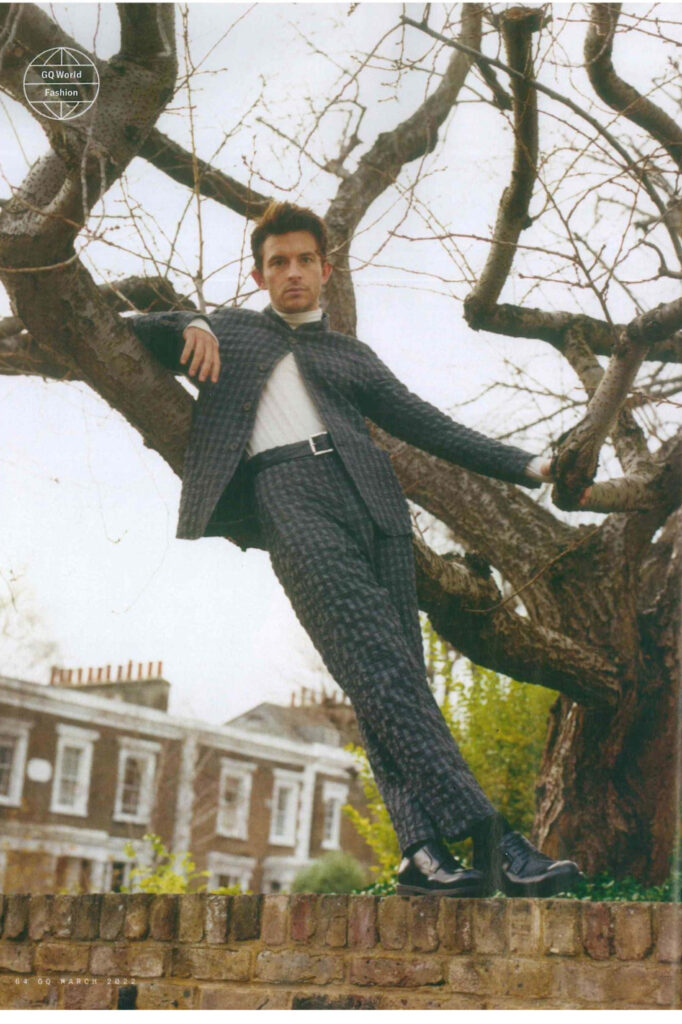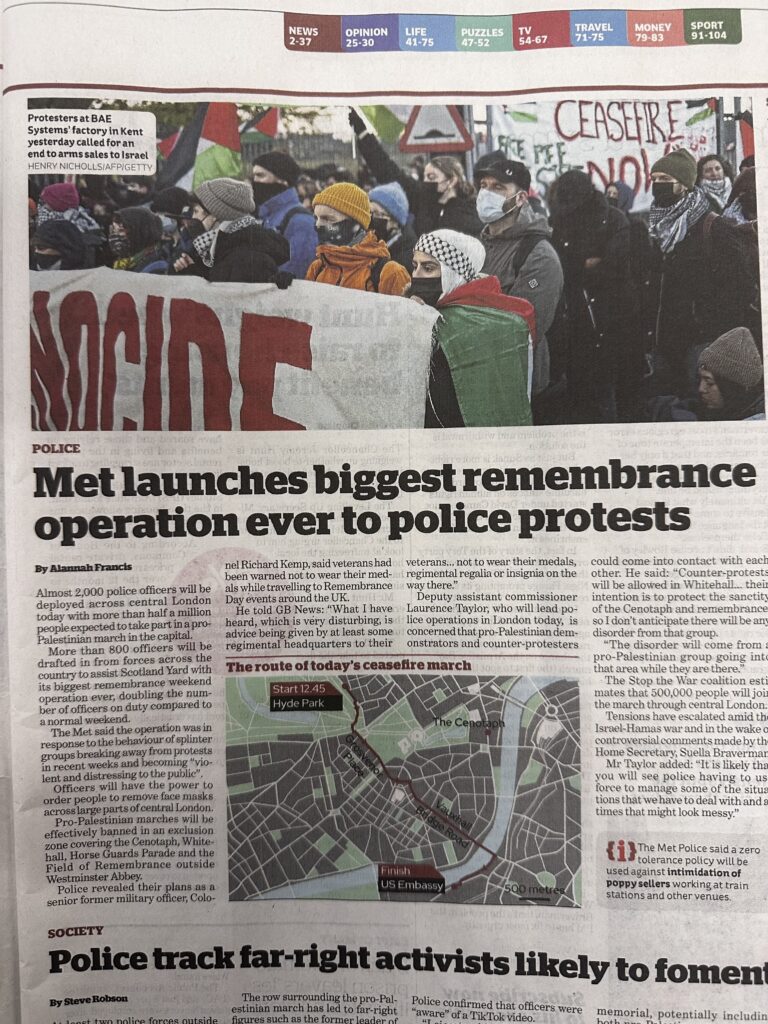here comes a map of what you are expected to deal with
1st part: Theories of Media Language (Semiotics and Narrative Theory), Media Representation, Contexts of the Media applied to Adverts (Score and Sephora: Black Beauty is Beauty) and Video Clips (Ghost Town, Old Town Road)
2nd part. Industry and Audiences applied to Newspapers (Daily Mail, Guardian) and Film (Blinded by the Light).
Part 1.
Media Language contains (but is not limited to): Semiotics (Roland Barthes), Narrative theories (Todorov, Levi Strauss), Genre theory (Neale)
Media Representation contains (but is not limited to): Feminist/Gender theories (Laura Mulvey, Judith Butler, Post-feminism, Raunch culture/sexualization, bell hook: intersectionality), Theories of Identity (David Gauntlet).
Media Context refers to knowledge of the historical, cultural and social contexts of media products. When were they produced, what were the social, economic and cultural conditions of that particular moment and how were these echoed in the representation and language (content and form) of your product?
Part 2.
Industries: this topic refer to all the issues discussed by theorists such as James Curran and Jean Seaton, David Hesmondhalgh.
Namely: issues of media ownership (concertation), how are media products produced, distributed and exhibited, how do new technologies (internet) reshape media industries. Differences between old and new forms of marketing and distribution. How do media industries respond to risk? What are the particularities in the production and promotion of your media products? To what extent is Blinded by the Light independent film? What are the ideological differences between Daily Mail and Guardian and how do they inform their marketing strategies? What we mean with terms such as conglomerates, diversification, vertical integration.
Audience: This topic can overlap with issues examined in the previous category: ways of targeting, maximizing and understanding audiences.
Important issues to focus on:
How do we categorize/classify audience (demographics, psychographics) and what are the target audiences of your close study products?
Be aware of the main ideas of Audience Theorists and be prepared to apply their ideas to your CPS (Daily Mail, Guardian — Blinded by the Light)
Psychographic profile, Hypodermic Model, Uses and Gratifications theory. Stuart Hall’s theory of encoding and decoding, Gebner’s Cultivation theory.
CLOSE STUDY PRODUCTS: ADVERTISEMENTS
SCORE A ‘VINTAGE’ ADVERTISEMENT FROM 1967
Advertising and Marketing – Score pre-1970 product. It will invite comparison with other CSP
adverts allowing for an analysis of the contexts in which they are produced and consumed.
Semiotic, Narrative and Representational analysis
what are the signs(signifiers/signified), denotation/connotation/ myths can be detected?
narrative: how can equilibrium/disequilibrium (Todorov) /binary oppositions (Levi Strauss)/or stock characters (Propp) can be applied to this video clip?
How audience responses to interpretations of media representations reflect social, cultural
and historical attitudes
- The effect of historical contexts on representations
- Theories of representation, including Hall
- Theories of gender performativity, including Butler,
- Feminist theories, including bel hooks and van Zoonen

See Sephora below:
How this advert tells a story (semiotics and nattarology)
Semiotic, Narrative and Representational analysis
what are the signs(signifiers/signified), denotation/connotation/ myths can be detected?
narrative: how can equilibrium/disequilibrium (Todorov) /binary oppositions (Levi Strauss)/or stock characters (Propp) can be applied to this video clip?
Discussion of the advert is likely to focus mainly on representation of race and gender
- The way in which the media – through representation – constructs versions of reality
- How and why stereotypes can be used positively and negatively – particularly in the context of
cosmetics advertising - The processes which lead media producers to make choices about how to represent social
groups - The effect of social and cultural contexts on representations
- Theories of representation, including Hall
- Theories of identity, including Gauntlet
- Theories of gender, including Butler [or gender and race (bell hook)[
- Theories of race and ethnicity (Gilroy)
Video Clips
Product: Music Video – Ghost Town – The Specials (1981)
discuss language (Mise-en-scene, Cinematography: what types of shots are used, angles and lighting, Semiotics: how images signify cultural meanings)
Construction of a narrative and links to song lyrics (the journey through a deserted landscape,
lyrics which refer to effects of political and economic conditions)
How can narrative theory can be applied to it?
and representation:
Old Town Road
Discuss Language:
Mise-en-scene analysis – including setting, props, costume, etc
Cinematography – including the cinematic style of the video (what shots are used, angles, how are shots are connected with each other or juxtaposed, what cinematic genres does it bring in mind)
Semiotics: how images signify cultural meanings – a central aspect of the construction of the
contrasting meanings associated with country, rap and hip-hop
Narrative: Construction of a narrative through the reference to the western genre form, role of the hero,
elements of conflict, etc, which link to issues of representation.


























